Efficiency from cooperatives
Hanoi currently has 1,588 agricultural cooperatives, most of which are operating effectively, contributing significantly to rural economic growth and positively contributing to the structure of the capital's gross regional domestic product (GRDP).
According to Ngo Van Ngon, Deputy Chief of Office of the Hanoi New Rural Development Program Coordination Office, cooperatives have become an economic support for farmers, helping to organize scientific production, save costs, increase productivity and product value. Most cooperatives have met the service needs of member households well, from land preparation, tray planting - transplanting machines, harvesters, supply of materials, seeds, pesticides to agricultural extension and product consumption. Organizing services according to a unified mechanism, with prices lower than the market helps reduce input costs, while increasing farmers' attachment to their fields, limiting the situation of abandoning production land.
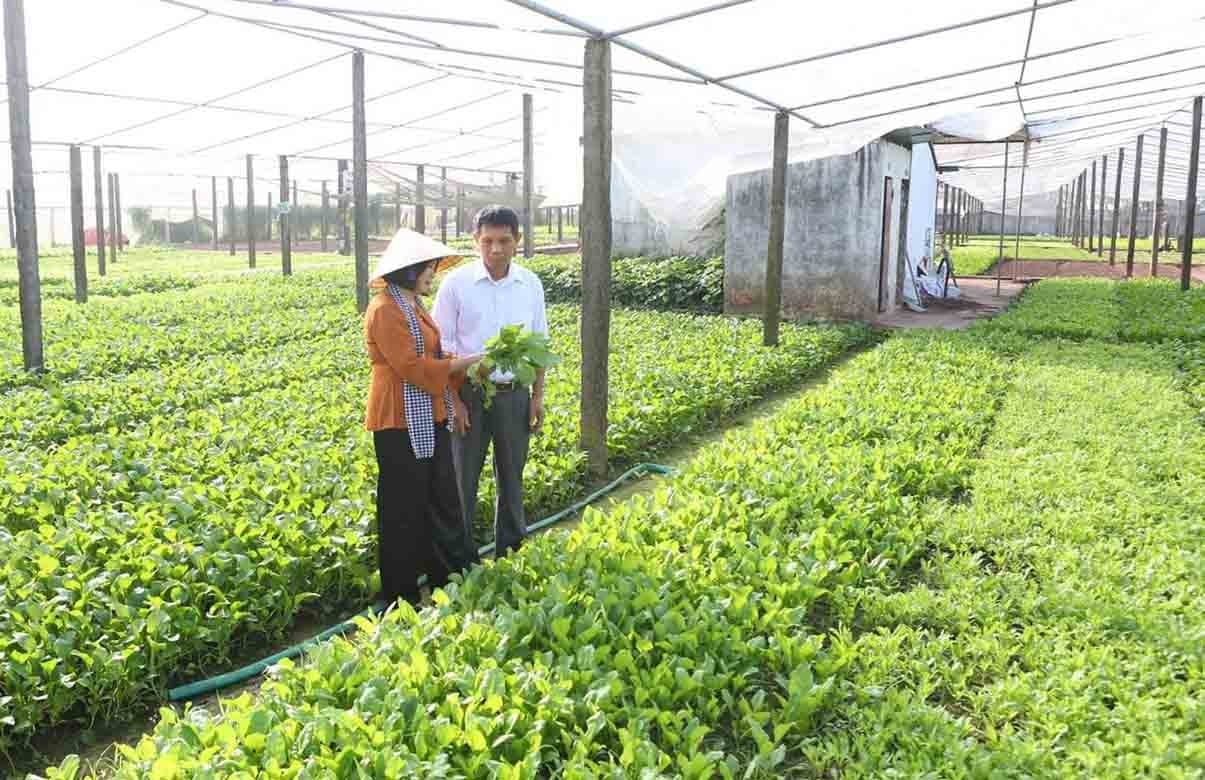
Many cooperatives have boldly invested in modern machinery, equipment, and barn systems; applied science and technology, gradually improving productivity, quality, and income for members. Some cooperatives have proactively linked with businesses, forming a sustainable agricultural production and consumption chain, bringing about clear economic efficiency.
In particular, Hanoi is leading the country in cooperatives applying high technology and producing according to quality standards: there are 166 cooperatives producing according to VietGAP, GlobalGAP, and organic standards; 68 cooperatives applying high-tech agriculture; 80 cooperatives linking production with product consumption and 134 cooperatives with OCOP-recognized products with a total of 448 products achieving 3 stars or more.
Along with cooperatives, the agricultural farm system in Hanoi is also affirming its important role in agricultural development, building new rural areas, and improving the lives of rural people. The whole city currently has 1,571 farms, of which 21 farms have OCOP products, 55 farms meet VietGAP, Organic, GlobalGAP standards; 320 farms apply high technology and nearly 20% of farms have production and product consumption links.
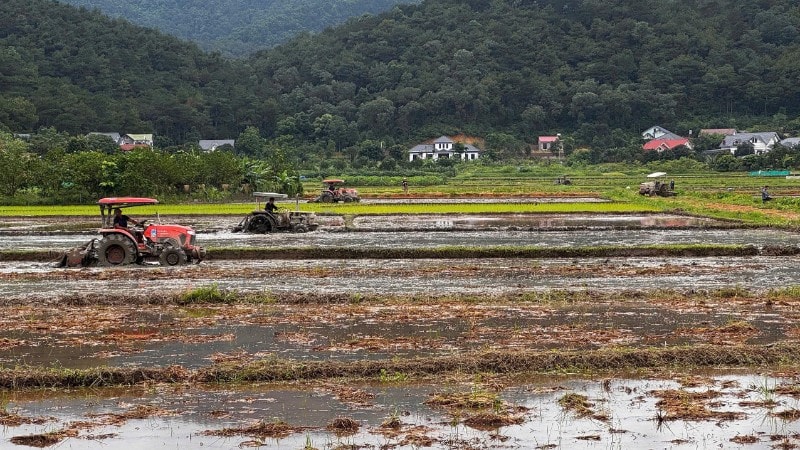
Not only is it a large-scale commodity production model, the farms also contribute to the effective use of land, capital and labor, promote the transfer of science and technology, and supply the market with a variety of high-quality agricultural products. This process has contributed to promoting the transformation of the agricultural economic structure towards modernization, forming many concentrated production areas, creating the premise for the development of processing industry and rural service sectors.
Many farm models combined with eco-tourism services bring outstanding economic efficiency such as: Erahose educational farm (Viet Hung ward), Van An experiential farm (Thanh Tri commune), dairy farm (Yen Bai commune) ... Thereby, the capital's agriculture not only provides food, but also expands the space for experience, education and green tourism for the community.
The growth of the farm economy has created a new class of farmers - dynamic, daring to think and act, becoming the "locomotive" of the rural private economy, contributing to job creation, increasing income, and at the same time spreading the spirit of innovation and creativity in building new rural areas.
People's income reaches over 80 million VND/person/year
Along with the growth of cooperatives and farm models, Hanoi's craft village economy continues to affirm its pivotal role in developing new rural areas.
From 2021 to the end of the third quarter of 2025, the entire city has considered and recognized 38 more craft villages, traditional crafts and traditional craft villages; to date, there are 337 craft villages recognized by the City People's Committee, spread across 6 main occupational groups, from agricultural - forestry - fishery processing, handicrafts, ceramics, rattan and bamboo weaving, textiles, small mechanics to ornamental plants and rural services. Many products have beautiful designs, high quality, affirming their brand not only domestically but also reaching out to the international market.
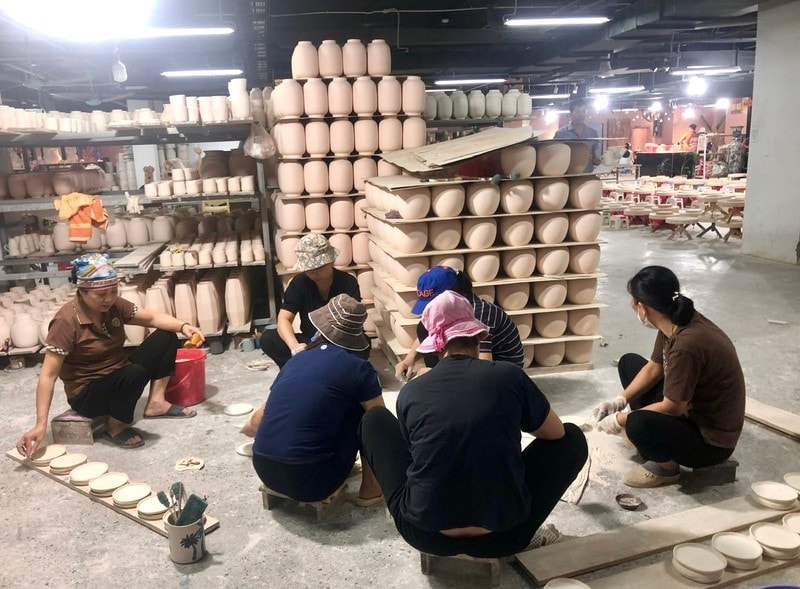
Notably, the two craft villages of Bat Trang ceramics and Van Phuc silk weaving have been recognized by the World Craft Council as members of the Global Creative Craft Cities network, demonstrating the cultural value and competitiveness of Hanoi's craft villages in international integration.
The annual revenue of craft villages reaches more than 24,000 billion VND, creating stable jobs, increasing income for hundreds of thousands of rural workers, and at the same time contributing to the effective implementation of the One Commune, One Product (OCOP) Program with more than 900 craft village products achieving 3 stars or more.
Not only stopping at production, Hanoi also develops craft village tourism and agricultural tourism - a new direction to help the rural economy diversify its livelihoods. The whole city has recognized 54 tourist spots and areas at the city level, of which 29 are associated with community tourism in craft villages and suburban agricultural areas. Promotional programs, documentary films, tourism festivals, and OCOP fairs have been strongly implemented, expanding the connection space between rural and urban areas, between production and the market.
Thanks to the promotion of rural economic development, the lives of Hanoi farmers have changed significantly in recent years. The average income per capita in rural areas in 2024 will reach 74.3 million VND/person/year, an increase of more than 19 million VND compared to 2020; it is expected to reach over 80 million VND/person/year by the end of 2025.
Along with increased income, the quality of rural life has been comprehensively improved: most households have solid, spacious houses; 100% of commune health stations have doctors; the rate of people participating in health insurance is 95.25%; 100% of villages have mobile coverage and broadband Internet; 99.6% of households use at least one smartphone; 100% of households have access to clean water, of which 95% have access to a centralized clean water system.
The above figures show that Hanoi's rural economy has not only "transformed strongly" in production, but also truly improved people's lives, making the appearance of the capital's countryside increasingly modern, civilized, and sustainable - worthy of being a model in the journey of building new rural areas of the whole country.
(Information page in coordination with the Office of Coordination of the New Rural Development Program of Hanoi City)
Source: https://daibieunhandan.vn/xay-dung-nong-thon-moi-o-ha-noi-kinh-te-nong-thon-chuyen-minh-manh-me-10390204.html


![[Photo] Solemn opening of the 1st Government Party Congress](https://vphoto.vietnam.vn/thumb/1200x675/vietnam/resource/IMAGE/2025/10/13/1760337945186_ndo_br_img-0787-jpg.webp)





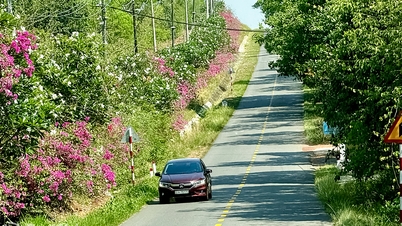



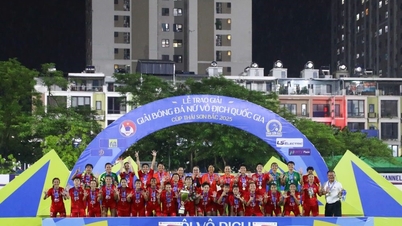

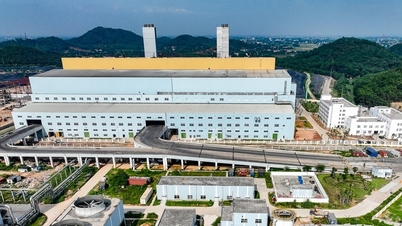
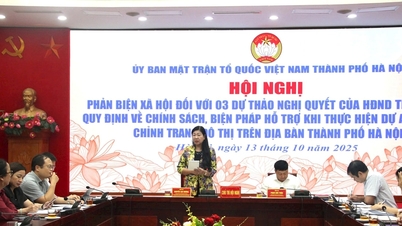
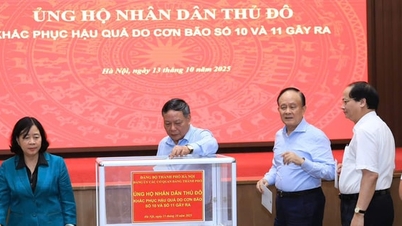







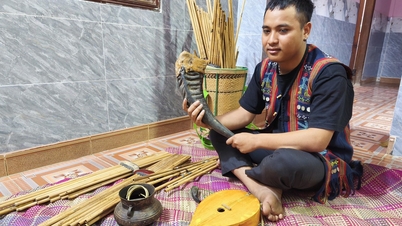






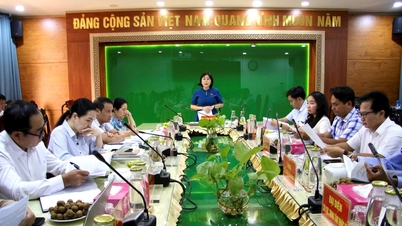
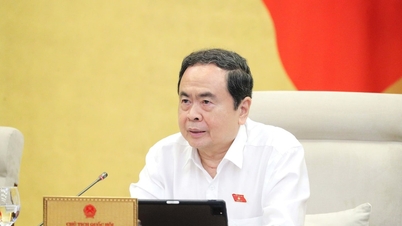

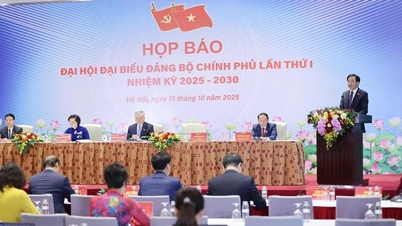
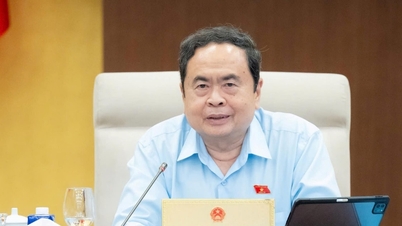
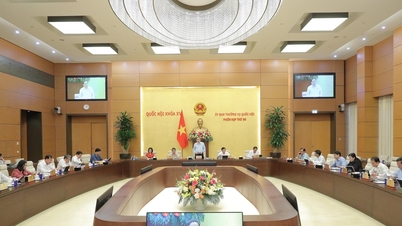
![[Photo] General Secretary To Lam attends the opening of the 1st Government Party Congress](https://vphoto.vietnam.vn/thumb/1200x675/vietnam/resource/IMAGE/2025/10/13/1760321055249_ndo_br_cover-9284-jpg.webp)





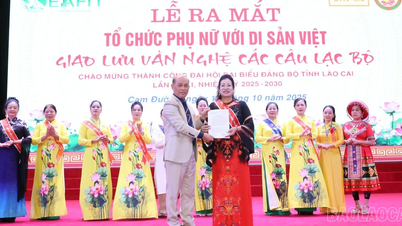

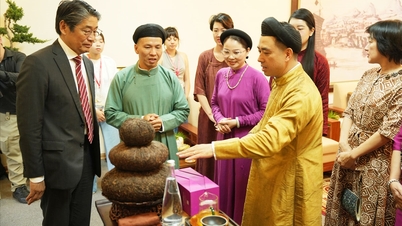



























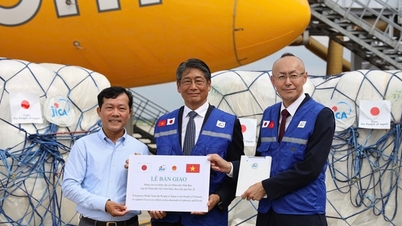
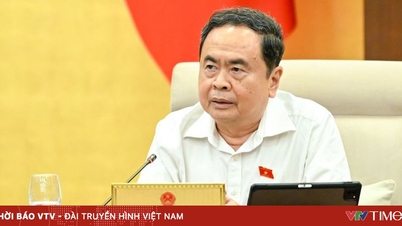



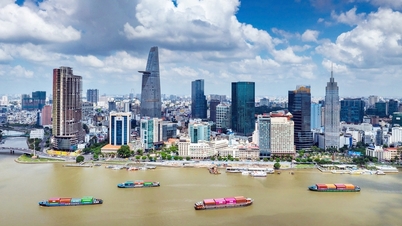





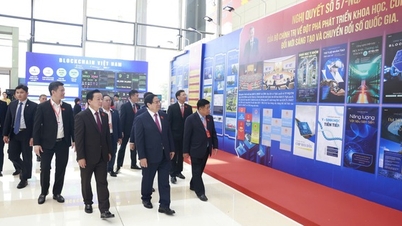
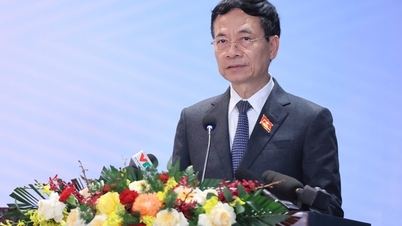


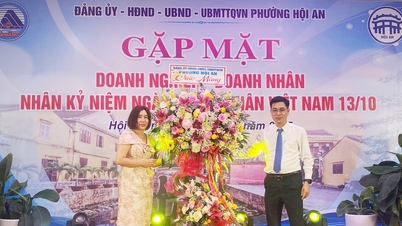



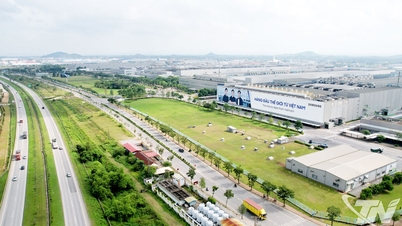

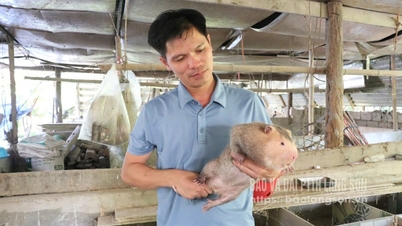













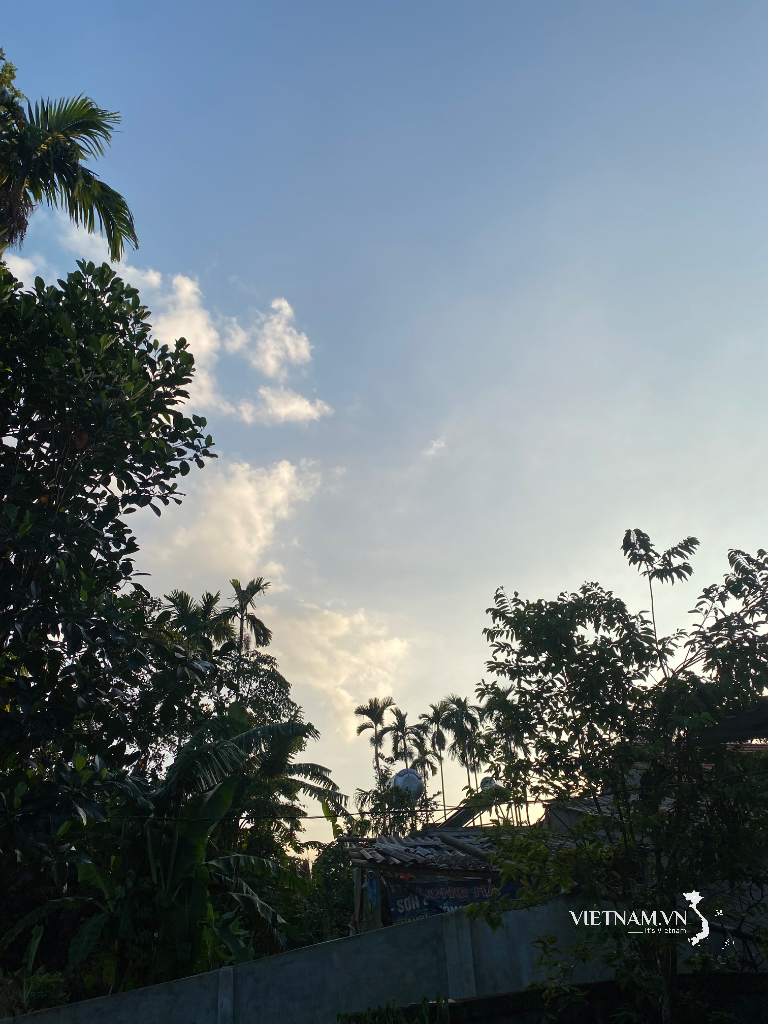
Comment (0)